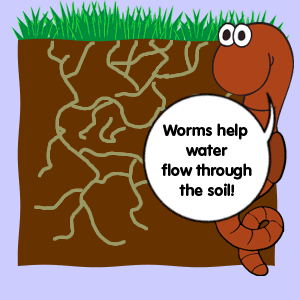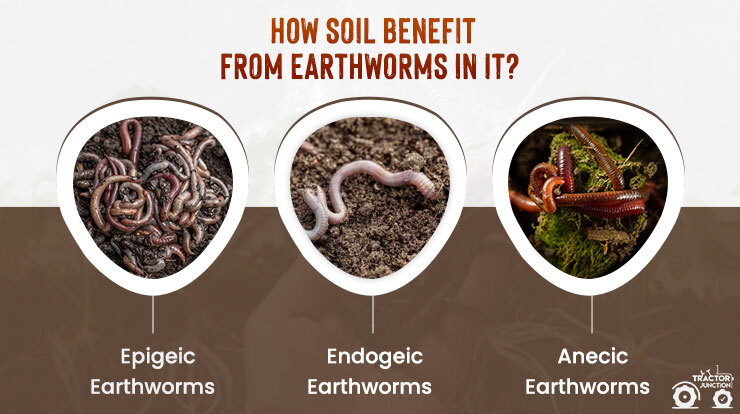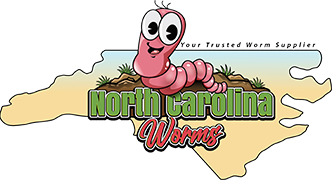About North Carolina Worms
About North Carolina Worms
Blog Article
North Carolina Worms - Questions
Table of ContentsGet This Report on North Carolina WormsWhat Does North Carolina Worms Mean?North Carolina Worms Fundamentals ExplainedNorth Carolina Worms Fundamentals Explained
Instance: 1-gallon of worm spreadings to 4 gallons of potting mix. 1/2 mug in the bottom of the growing opening for smaller plants. 1 mug for bigger plants.
The addition of tea can additionally include enhanced microbial biomass to your dirt. You can always side-dress your plants with worm spreadings at any type of time. Just bear in mind, the microbes will pass away if exposed to UV rays (Sunlight), so be sure to cover the spreadings with an inch or so of dirt.
This baffled them for years up until the testing methods came to be better. They found that plant growth and health exhibited a Normal curve. It would obtain better(with even more castings), level off, and afterwards decline. They were mystified. They lastly discovered that excess plant-growth hormones were the wrongdoer. A lot of worm castings would certainly accelerate the development to a rate that the plant could not recuperate from.
Some Ideas on North Carolina Worms You Need To Know
Numerous herbicides deal with this same principle. 20% by volume seems to be the "Sweet Spot". I have expounded the merits of worm spreadings for concerning 2000 words. What concerning the various other side of the coin? Absolutely nothing is best. Worm spreadings are no various. It takes some time to produce high quality worm castings.
You can acquire them which brings about number 2. Worm spreadings absolutely set you back greater than chemical fertilizers. Worm spreadings are on the more affordable end of organic fertilizers. You will certainly have to decide what is more vital. It is very easy to create tiny quantities of worm spreadings. (50 gallons per year) It is a much more difficult and very pricey investment to produce big amounts of worm spreadings (Lake Rhodhiss Bait).

Producing a healthy soil might be the biggest advantage of worm castings. We reviewed worm castings NPK and likewise the proper nutrient analysis that need to apply to worm spreadings.
The Facts About North Carolina Worms Revealed
We talked about some of the drawbacks connected with worm castings. I covered a lot of material in this article.
The upright burrows are commonly open, although the worms cover the top with residue and waste matter. Roots need oxygen for their development, whereas they create carbon dioxide that needs to leave the dirt.
Earthworms boost porosity by two systems: (1) by producing permanent burrows, and (2) by boosting dirt aggregation. Gathering is enhanced by the mixing of dirt and organic matter in the earthworms' intestines. Lake Hickory Bait. These extremely stable accumulations are deposited by some earthworms in their burrows, and by others at the surface area of the soil


In one more research study, earthworms were approximated to take in 4 to 10 percent of the leading 6 inches of the dirt annually. This only goes to show the massive quantities of dirt that can be refined by earthworms. Dirt compaction lowers the porosity of the dirt. Due to the fact that earthworms increase porosity, they reduce the effects of compaction.
The Buzz on North Carolina Worms
Normal earthworm populations can conveniently take in 2 heaps of dry issue per acre each year, partly absorbing and mixing it with dirt. The value of earthworms to blend surface deposit with soil ends up being very clear in dirts that do not have any type of earthworms. The majority of our Pennsylvania soils have at least some earthworms, and the result of their total lack, therefore, can not be kept in mind.
(https://smartseolink.org/details.php?id=387941)In these dirts, the development of topsoil with practical natural issue web content did not take area, causing inadequate plant development. When the cause was established, the government of the Netherlands started a project to present earthworms. After the intro of the earthworms, a dark topsoil layer was developed, and crop growth increased substantially.
They live mostly from partially decomposed natural matter that is already included in the soil. These species consume large quantities of soil that they blend with digested plant deposit in their digestive tracts.
Their burrows stay open, although they cap the top with crop deposit that they draw to the entryway. These varieties consume considerable quantities of dirt that they blend with absorbed residue in their intestines. Their excrement is primarily transferred at the surface of the dirt. The nightcrawler Lumbricus terrestris is the most noticeable participant of this group.
Report this page